|
Microsporidiosis caused by Nosema species is one of the factors threatening the health of the honeybee |
|
Muñoz I., Cepero A., Pinto M.A., Martín-Hernández R., Higes M., De la Rúa P. 2014. Presence of Nosema ceranaeassociated with honeybee queen introductions. Infection, Genetics and Evolution 23: 161–168 (DOI: 10.1016/j.meegid.2014.02.008) |
2400 Members
127 Countries!
127 Countries!









